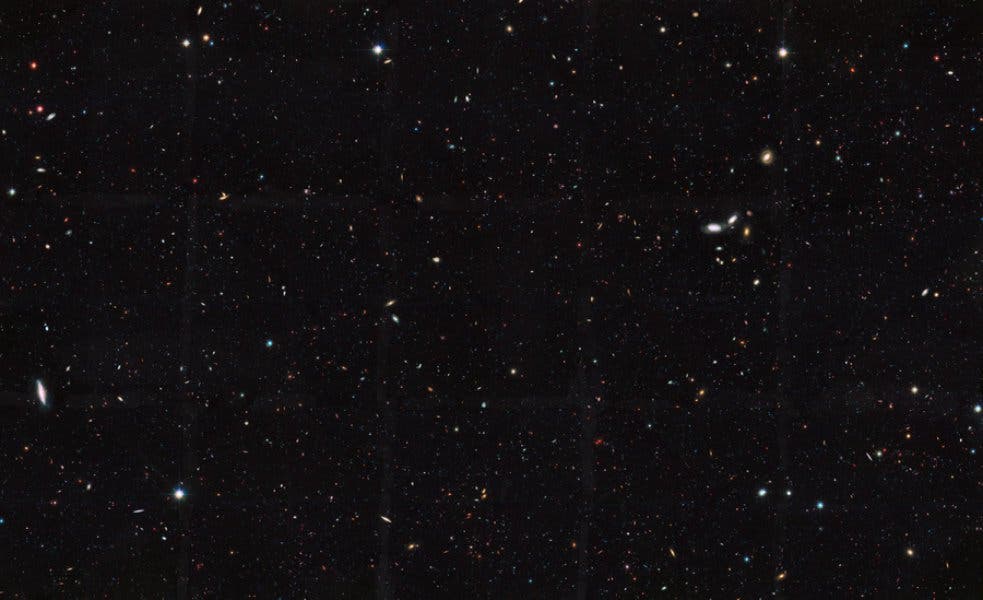
Surveys taken by NASA’s Hubble Space Telescope and other observatories found the universe is a lot more crowded than we previously thought. At least ten times more galaxies were found in our galactic field of vision or nearly two trillion.
More mind-boggling than ever
Christopher Conselice of the University of Nottingham, U.K., led the team of astronomers who made the galactic tally. Most of the new additions were small and faint galaxies, very similar to the satellite galaxies that hover about the Milky Way, our galactic neighborhood. In the course of their evolution, many of these faint galaxies merge to form larger populations, dwindling the densities of galaxies in space. It follows that galaxies aren’t evenly distributed throughout the universe’s history, an important find with many implications in astrophysics.
These results are powerful evidence that a significant galaxy evolution has taken place throughout the universe’s history, which dramatically reduced the number of galaxies through mergers between them — thus reducing their total number. This gives us a verification of the so-called top-down formation of structure in the universe,” explained Conselice.
To count the galaxies, Conselice and colleagues used deep-space imaging from Hubble and previously published data from other teams. These images had to be converted into 3-D so they could make accurate measurements of the number of galaxies at the different epoch in the history of the universe. If it took a million years for light emitted from a galaxy to reach us, we can learn what it looked like at that time but we don’t know how it looks like now.
Mathematical models then crunched through the number to infer the existence of galaxies otherwise unobservable through direct means. Ultimately, for the number of galaxies and their masses to add up, there have to be a lot more faint and distant galaxies that can’t be imaged with present-day telescopes. This myriad of dwarf galaxies merged over time into the behemoths we can see today, the team reported in the Astrophysical Journal.
“It boggles the mind that over 90 percent of the galaxies in the universe have yet to be studied. Who knows what interesting properties we will find when we discover these galaxies with future generations of telescopes? In the near future, the James Webb Space Telescope will be able to study these ultra-faint galaxies,” said Conselice.
This latest survey also helps explain an age-old conundrum, Olbers’ paradox. In the 1800s, German astronomer Heinrich Wilhelm Olbers wondered why the sky was so dark at night if the universe holds a virtually infinite number of stars. Conselice explains that there is indeed such an immense bounty of galaxies that every patch in the sky contains at least one galaxy. However, the light is so faint that the galaxies are invisible not only to the naked eye but high-end telescopes as well. Then, there’s the issue of the reddening of light, known as red-shift, due to the universe’s expansion. Interstellar dust and gas also absorb much of this distant light, explaining why the night’s sky stays so dark.
Was this helpful?



